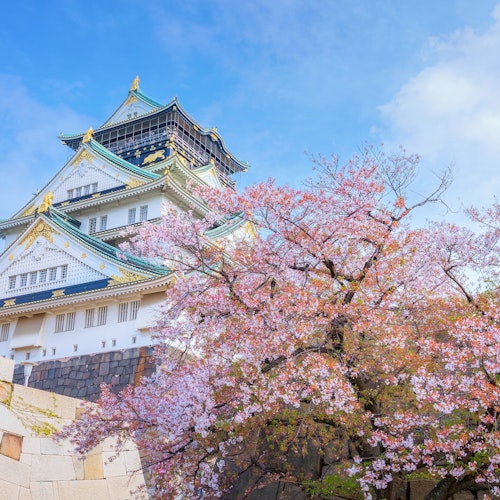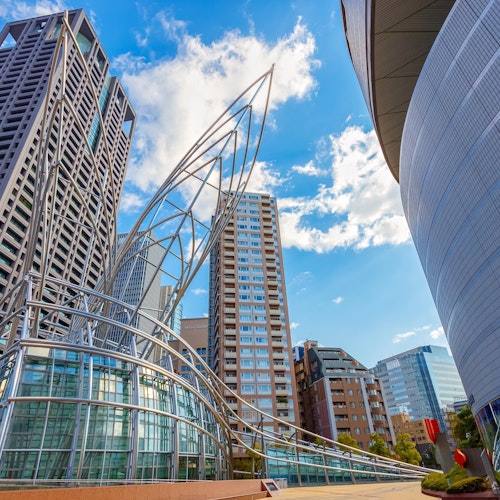10 Best Day Trips from Osaka

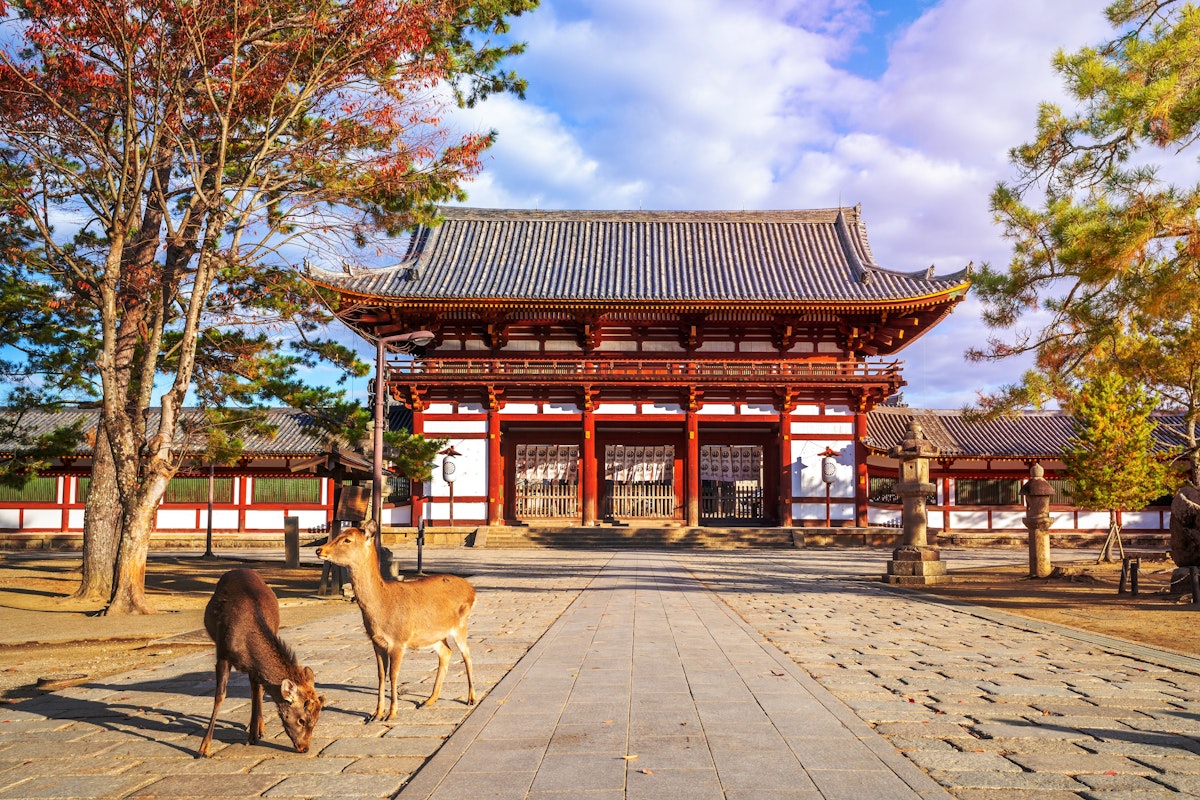
- Kyoto (55km from Osaka)
- Nara (38km from Osaka)
- Kobe (33km from Osaka)
- Himeji (95km from Osaka)
- Koyasan (90km from Osaka)
- Hiroshima (330km from Osaka)
- Okayama (160km from Osaka)
- Wakayama (70km from Osaka)
- Uji (50km from Osaka)
- Tottori (200km from Osaka)
- Discover the Magic of Japan Beyond Osaka
- Frequently Asked Questions
Osaka, the commercial powerhouse of Japan, is not just a city renowned for its modern architecture and vibrant nightlife. It's also a perfect base for exploring the rich cultural and natural gems of the Kansai region. With an efficient transport network at its disposal, a variety of mesmerizing experiences are just a short journey away.
This article will guide you through ten of the best day trips from Osaka, each offering a unique glimpse into Japan's diverse landscapes, from the ancient temples of Kyoto to the tranquil beauty of Mount Koya. Get ready to step beyond Osaka's bustling streets and delve into the heart of Japan's illustrious heritage and stunning scenery.
Kyoto (55km from Osaka)
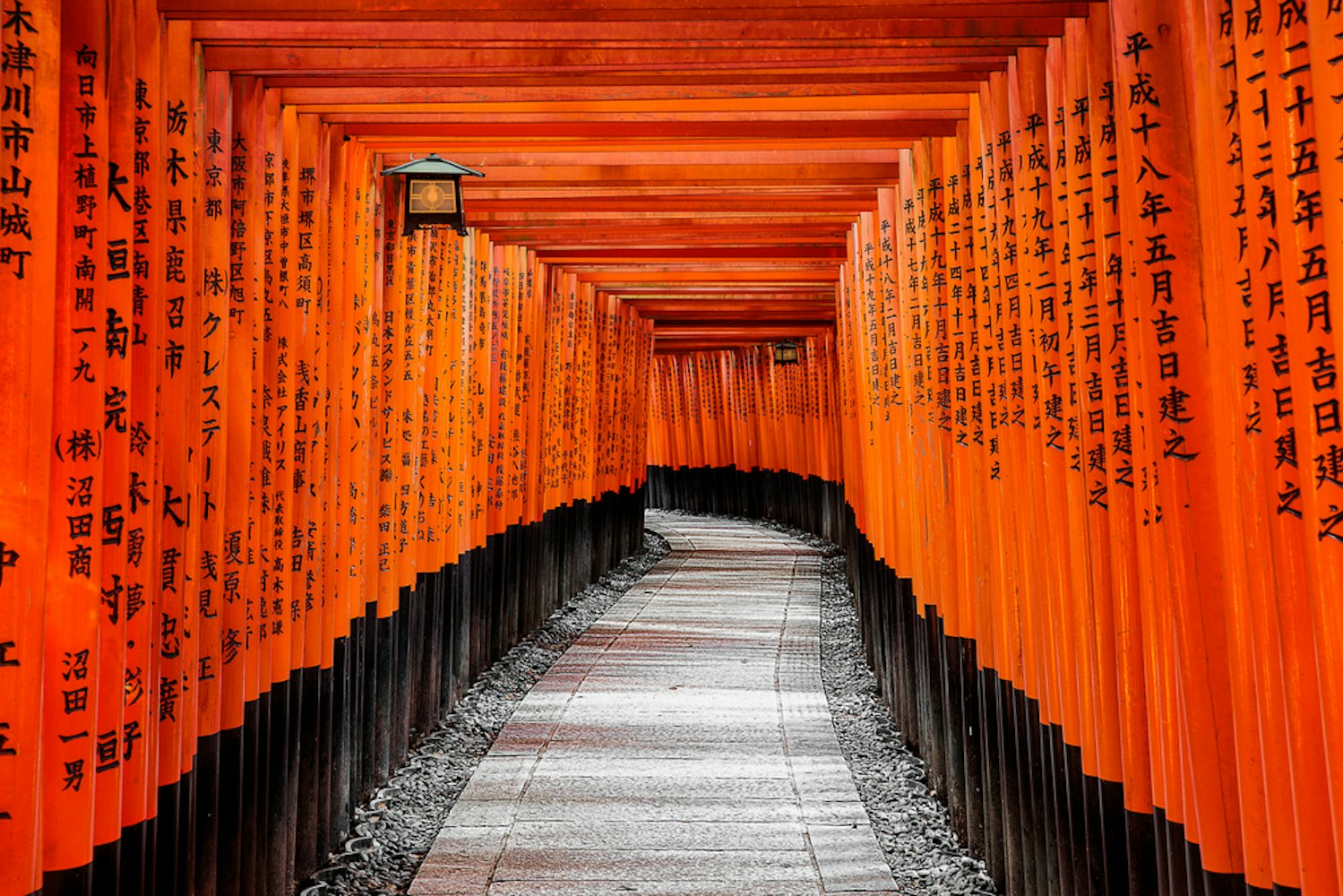
Kyoto, the former capital of Japan, is a city steeped in history and tradition. Just a short 30-minute train ride away from Osaka, it's an ideal day trip destination for those interested in Japanese culture and heritage.
In Kyoto, you can wander through the tranquil paths of Fushimi Inari Shrine, known for its iconic red torii gates that trail up the mountainside. This Shinto shrine, dedicated to the god of rice and sake in the 8th century, is one of the most important—and most visited—shrines in Japan.
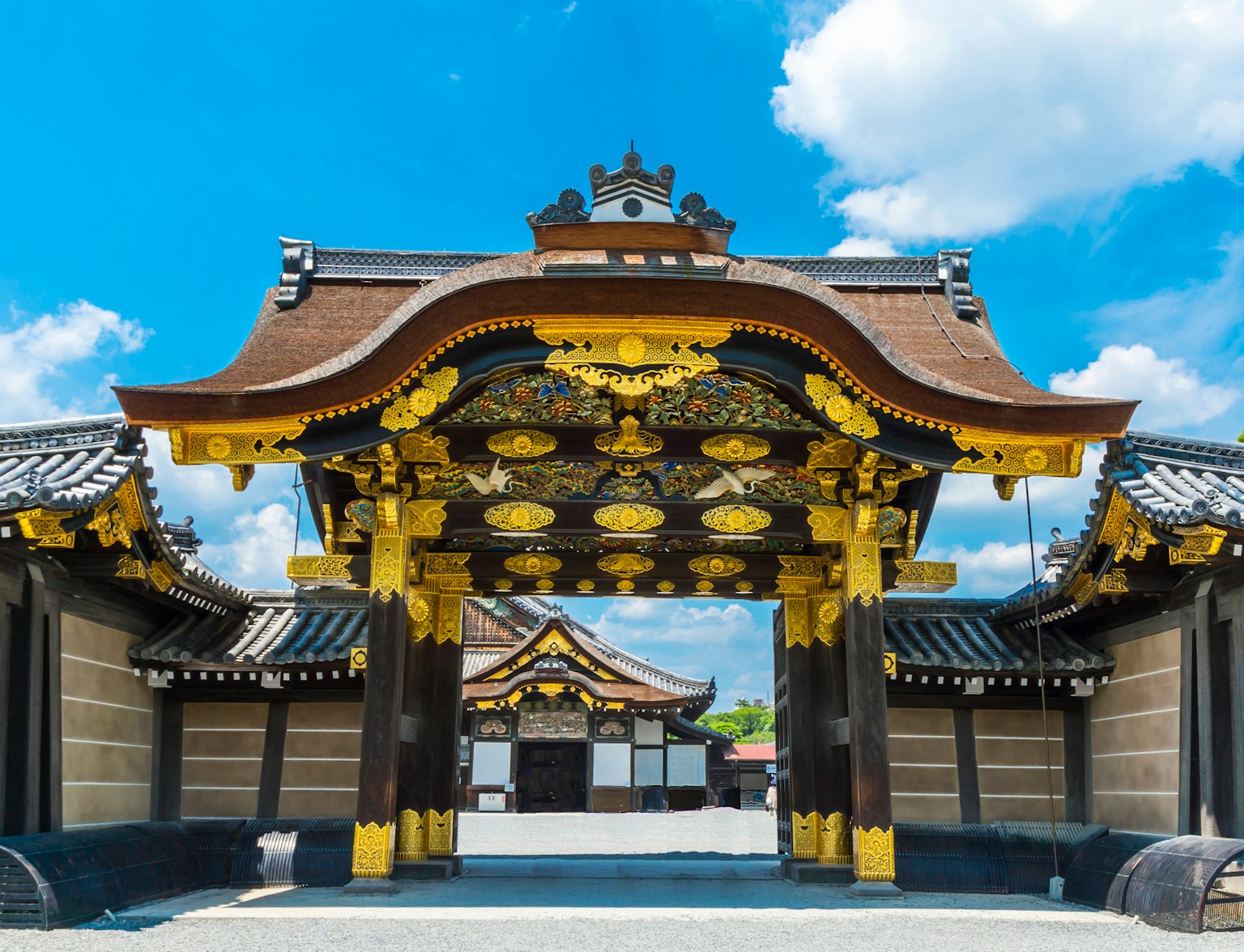
Discover the historical sites of Kyoto on this full-day private guided tour.
Next, you can't miss Kinkaku-ji or the Golden Pavilion. This Zen Buddhist temple is covered in gold leaf and beautifully reflects onto the mirror pond below. It's a stunning sight all year round, but especially breathtaking during autumn when surrounded by vibrant fall colors.
No trip to Kyoto would be complete without exploring its traditional tea houses and sampling its local cuisines. Don't forget to try matcha (powdered green tea) and kaiseki (traditional multi-course meal), both of which Kyoto is particularly famous for.
Nara (38km from Osaka)
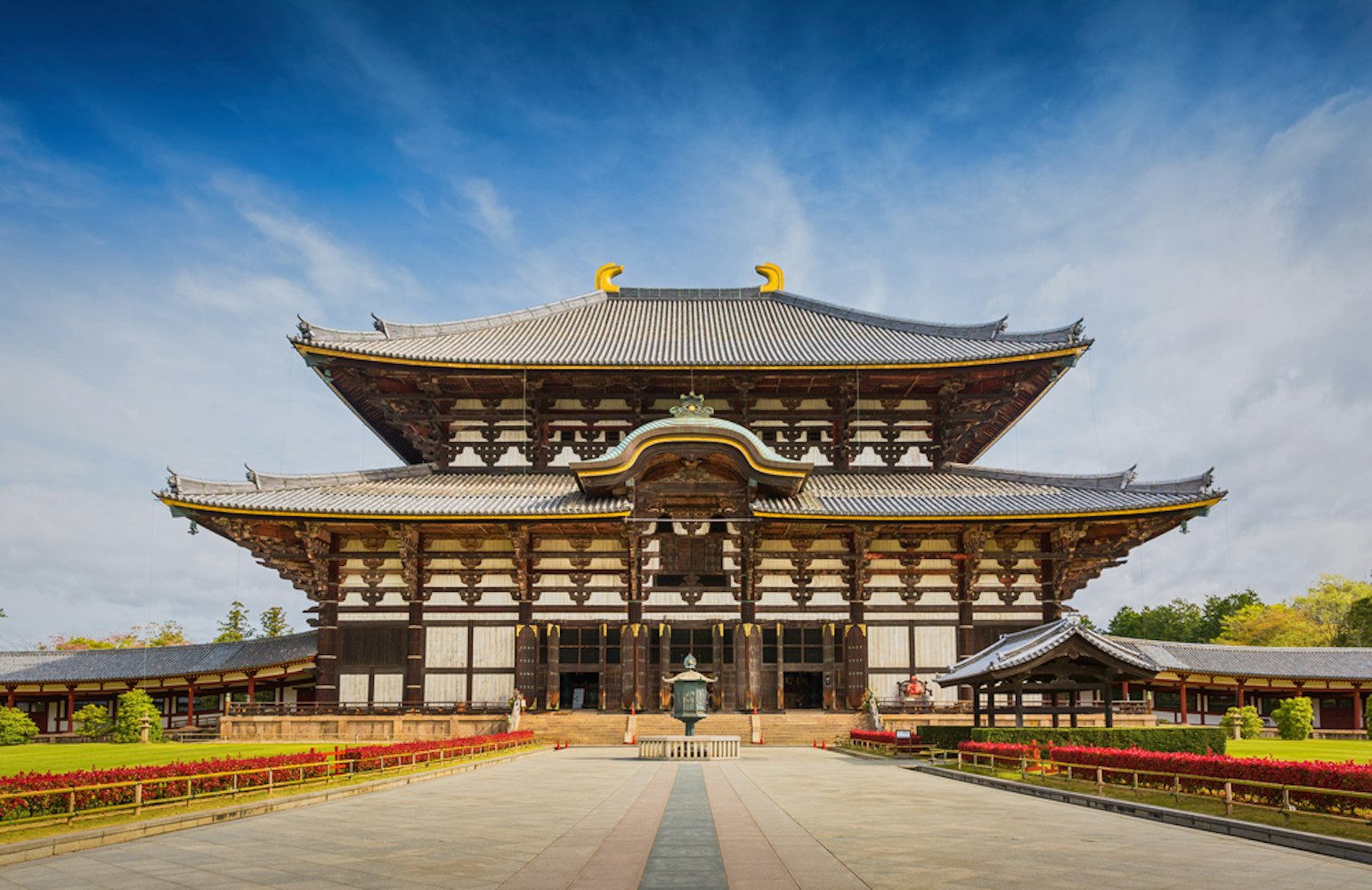
A little further south of Kyoto lies Nara, another historical city that was once the capital of Japan. The journey from Osaka to Nara takes less than an hour by train, making it an easy day trip.
Nara is perhaps best known for its friendly, free-roaming deer in Nara Park. Considered sacred messengers of the gods in Shinto religion, these deer are a symbol of the city and a delight for visitors.

Discover the hidden treasures of Nara City on our amazing half-day tour of its top highlights.
In addition to the deer park, Nara is home to Todai-ji Temple, which houses the world's largest bronze statue of Buddha, also known as Daibutsu. The temple itself is a UNESCO World Heritage Site and an architectural marvel, being the world's largest wooden building.
After visiting Todai-ji, you can explore more of Nara's rich history at the Kasuga Taisha Shrine, known for its hundreds of stone and bronze lanterns. Or take a stroll around Naramachi, the old merchant’s quarter, where you can discover traditional Japanese houses, shops, and tea rooms.
Kobe (33km from Osaka)
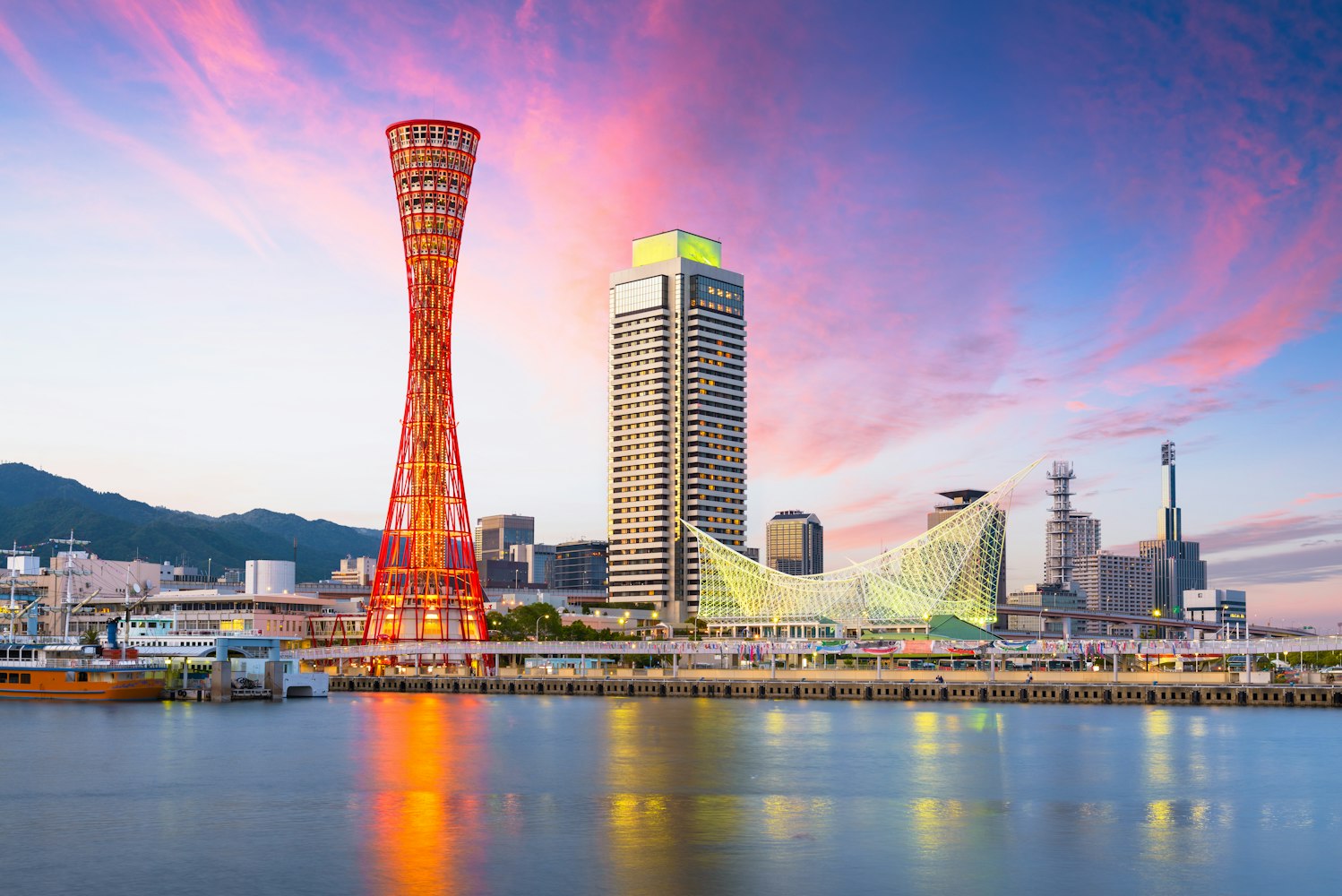
Kobe, a cosmopolitan port city nestled between mountains and sea, is just a 30-minute train ride from Osaka. Known for its unique blend of Japanese and Western influences, Kobe offers an array of sights and experiences that make it an exciting day trip destination.
Undoubtedly, Kobe is most famous for its namesake beef, Kobe Beef. This delicacy, renowned for its marbling, tenderness, and rich flavor, is a must-try for food enthusiasts. You can savor this gourmet experience at one of the many teppanyaki restaurants throughout the city.
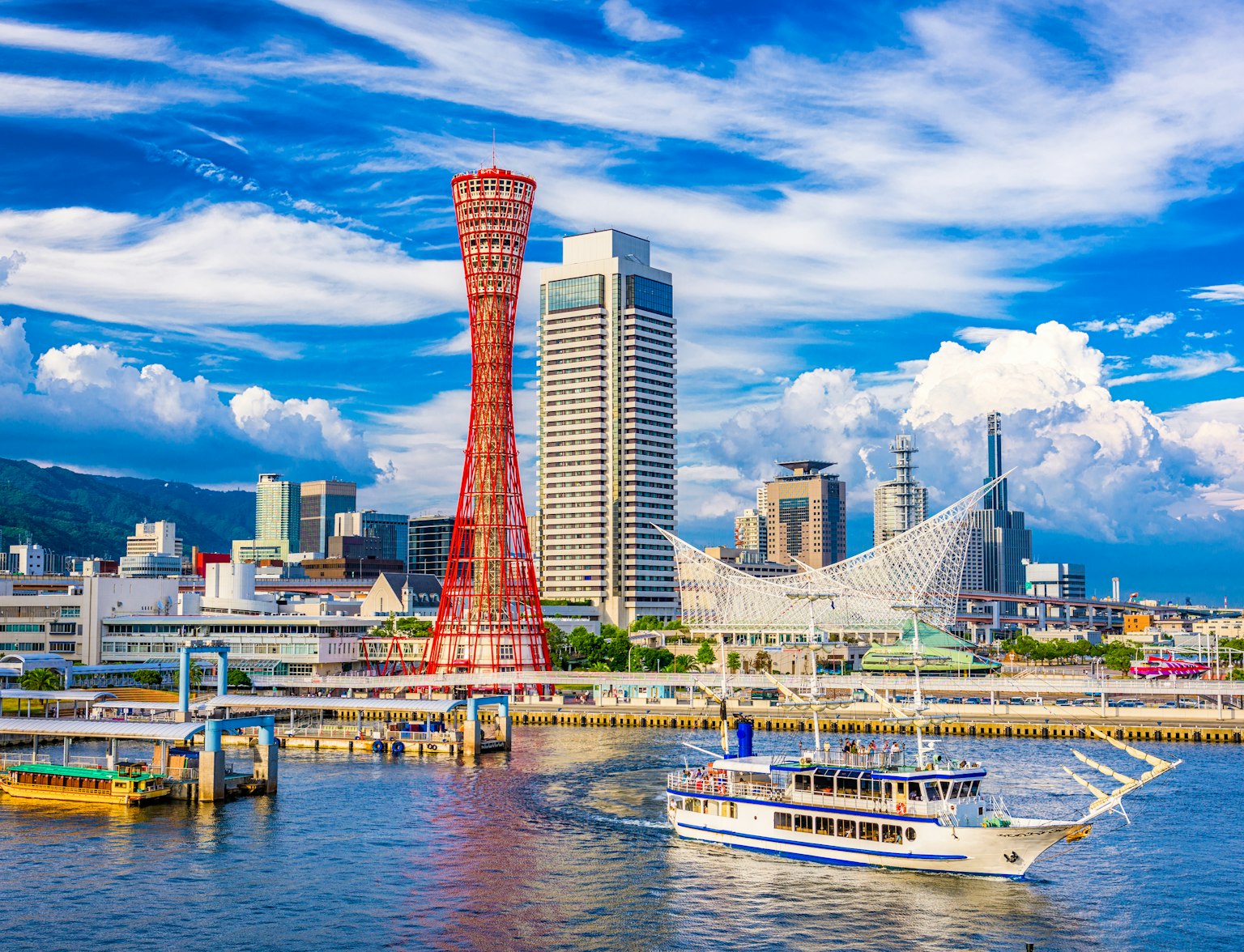
Discover the beauty of Kobe from north to south on this full-day private guided tour.
For panoramic views of Kobe and beyond, head to the Nunobiki Herb Gardens, accessible via the Shin-Kobe Ropeway. The gardens are home to around 75,000 herbs and flowers, and offer stunning views over Kobe.
In the evening, take a stroll around Kobe Harborland, a shopping and entertainment district along the waterfront. Here, you'll find a variety of shops, restaurants, and attractions, including the iconic Kobe Port Tower.
Himeji (95km from Osaka)
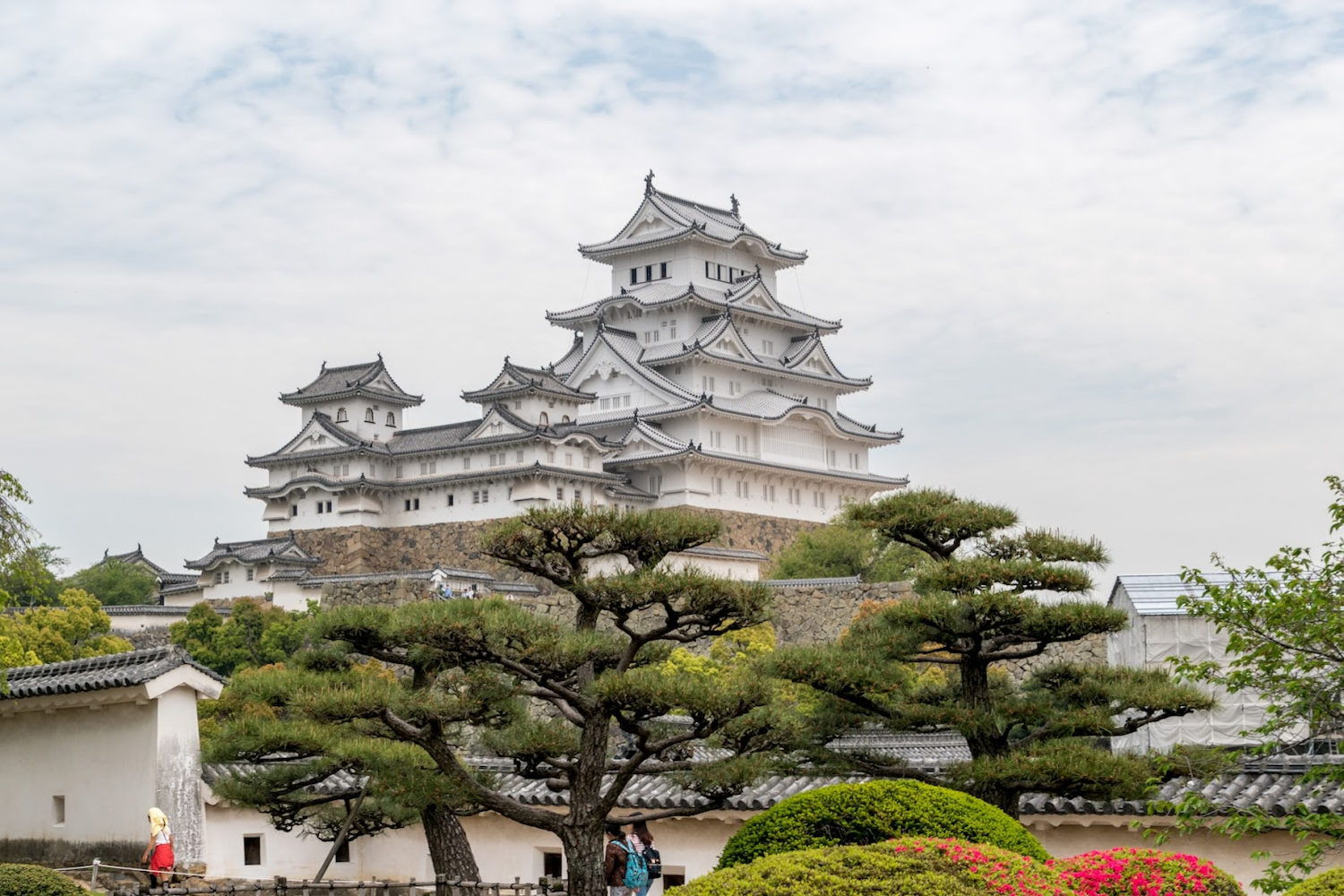
Himeji, located in the Hyogo Prefecture, is best known for the Himeji Castle, a UNESCO World Heritage site and a masterpiece of Japanese feudal architecture.
Himeji Castle, often referred to as the "White Heron Castle" due to its brilliant white exterior and elegant shape, is the largest and most visited castle in Japan. The castle's complex design, intended for defense, and its well-preserved interiors offer a fascinating insight into the country's feudal past.
Adjacent to Himeji Castle lies Kokoen Garden, a collection of nine separate gardens designed in various Edo-period styles. The garden provides a peaceful retreat and is particularly stunning during the cherry blossom season. Himeji is about an hour's train ride from Osaka, making it a perfect day trip destination.
Koyasan (90km from Osaka)

Koyasan, or Mount Koya, is a serene temple town nestled in the peaks of Wakayama Prefecture. Founded over 1,200 years ago by the priest Kobo Daishi, Koyasan is a center for Shingon Buddhism. The area's layout, with eight peaks and a basin, is said to resemble a lotus, an auspicious symbol in Buddhism.
The town is home to over 100 temples and the headquarters of the Shingon sect. Many of these temples offer shukubo, or temple lodgings, providing visitors with a unique opportunity to experience the life of Buddhist monks. This includes participating in morning prayers, eating traditional vegetarian monk cuisine known as shojin ryori, and learning about meditation practices.
One of Koyasan's most significant sites is Okunoin, Japan's largest cemetery. With over 200,000 tombstones lining the path to Kobo Daishi's mausoleum, a walk through Okunoin offers a uniquely spiritual experience.
Another highlight is Kongobuji Temple, the head temple of Shingon Buddhism. It's renowned for its beautiful sliding screen doors painted with nature scenes and a large rock garden.
Hiroshima (330km from Osaka)
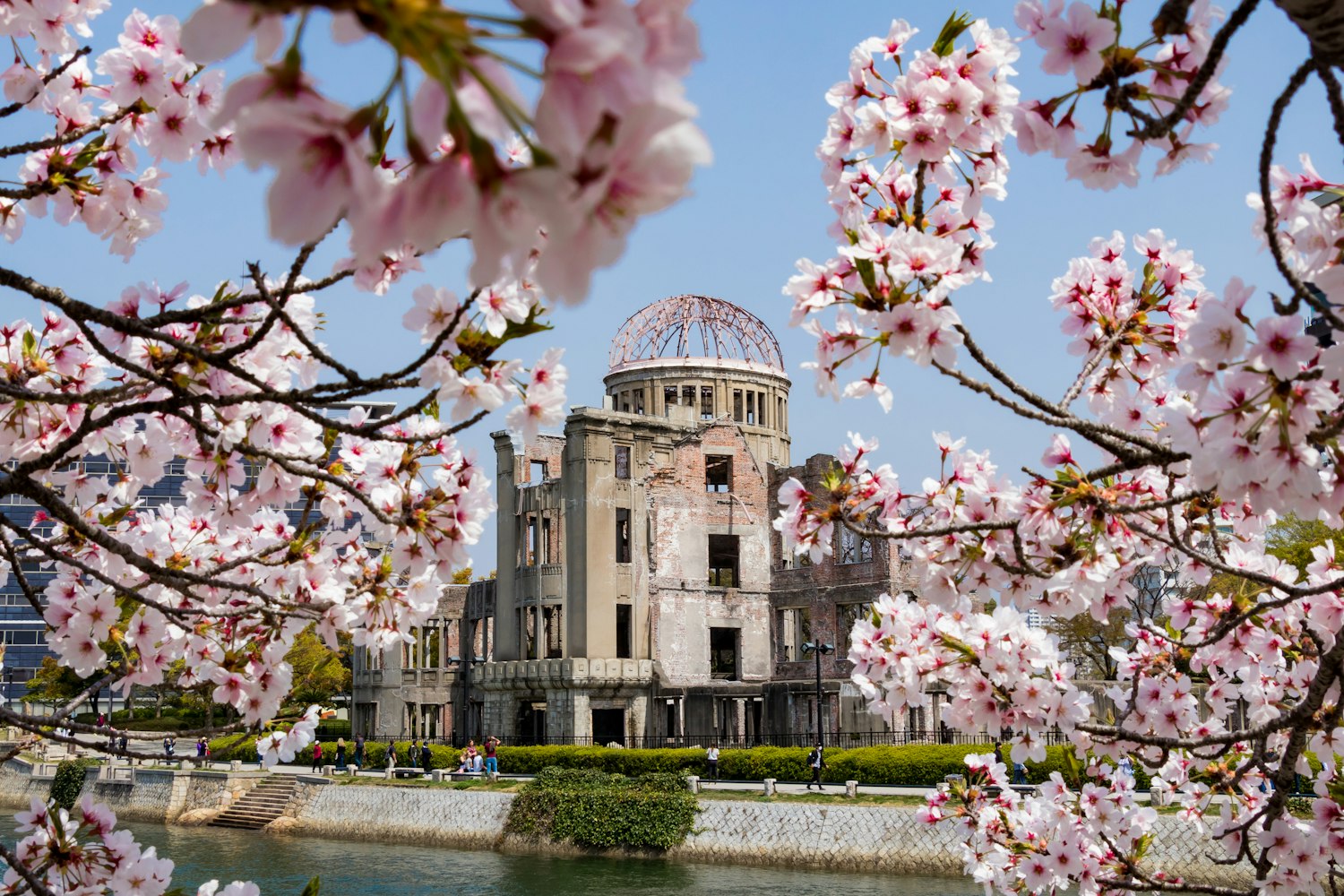
Hiroshima, despite its tragic history, has transformed into a symbol of peace and resilience. Approximately 2 hours away from Osaka by bullet train, Hiroshima offers a deep dive into Japan's history.
At the heart of the city is the Hiroshima Peace Memorial Park, a poignant reminder of the atomic bomb's devastation. Here, you'll find the A-Bomb Dome, one of the few buildings left standing after the blast, preserved as a memorial. The park also houses the Children's Peace Monument and the Hiroshima Peace Memorial Museum.
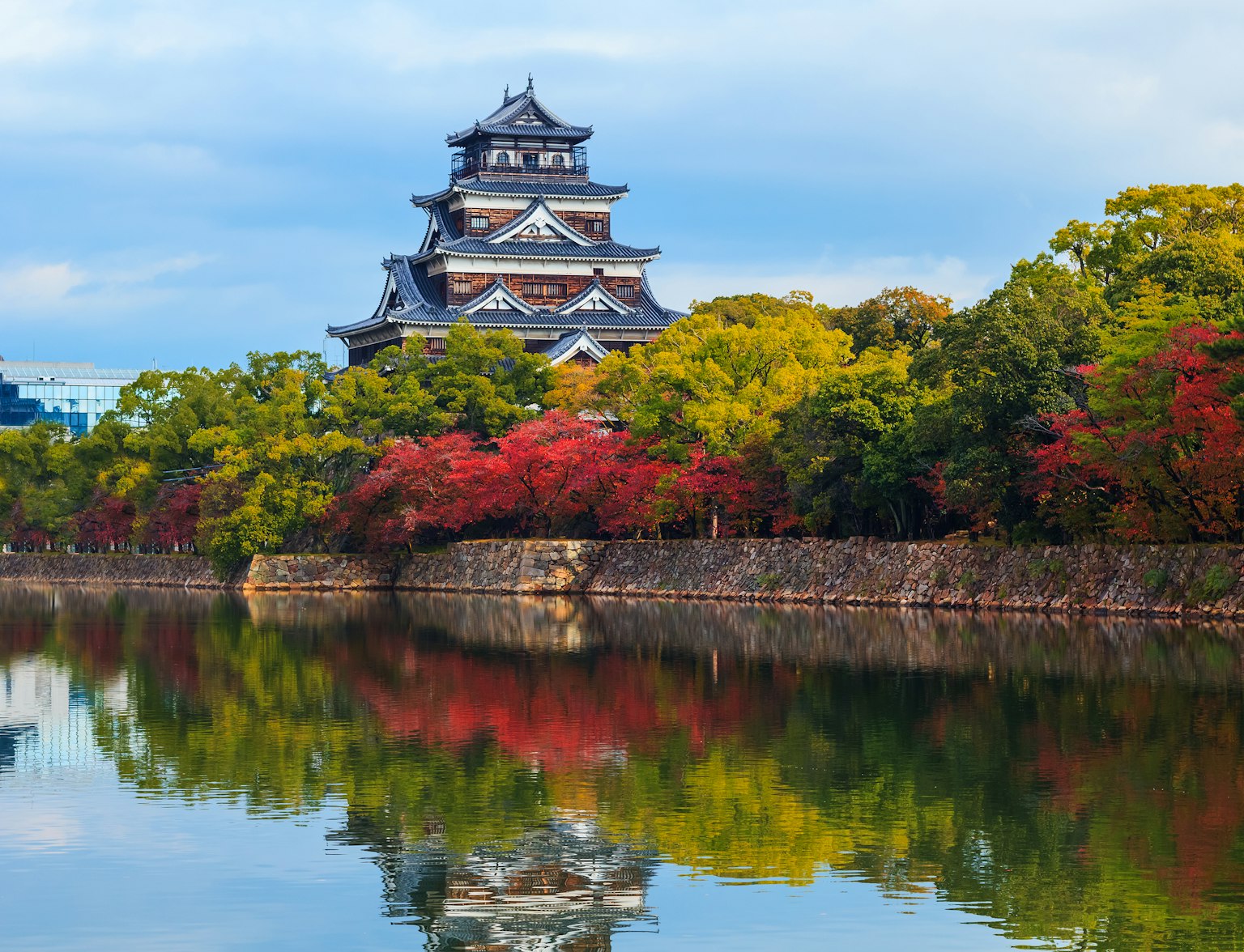
Embark on an unforgettable journey through Hiroshima.
Off the coast of Hiroshima city is the enchanting island of Miyajima. It's famed for Itsukushima Shrine and its "floating" torii gate, which appears to float on the water at high tide. Besides, the island offers hiking trails, scenic views, and friendly deer roaming freely.
While in Hiroshima, don't miss out on trying the local specialty, Hiroshima-style okonomiyaki. Unlike its Osaka counterpart, this savory pancake mixes all ingredients and includes noodles.
Okayama (160km from Osaka)
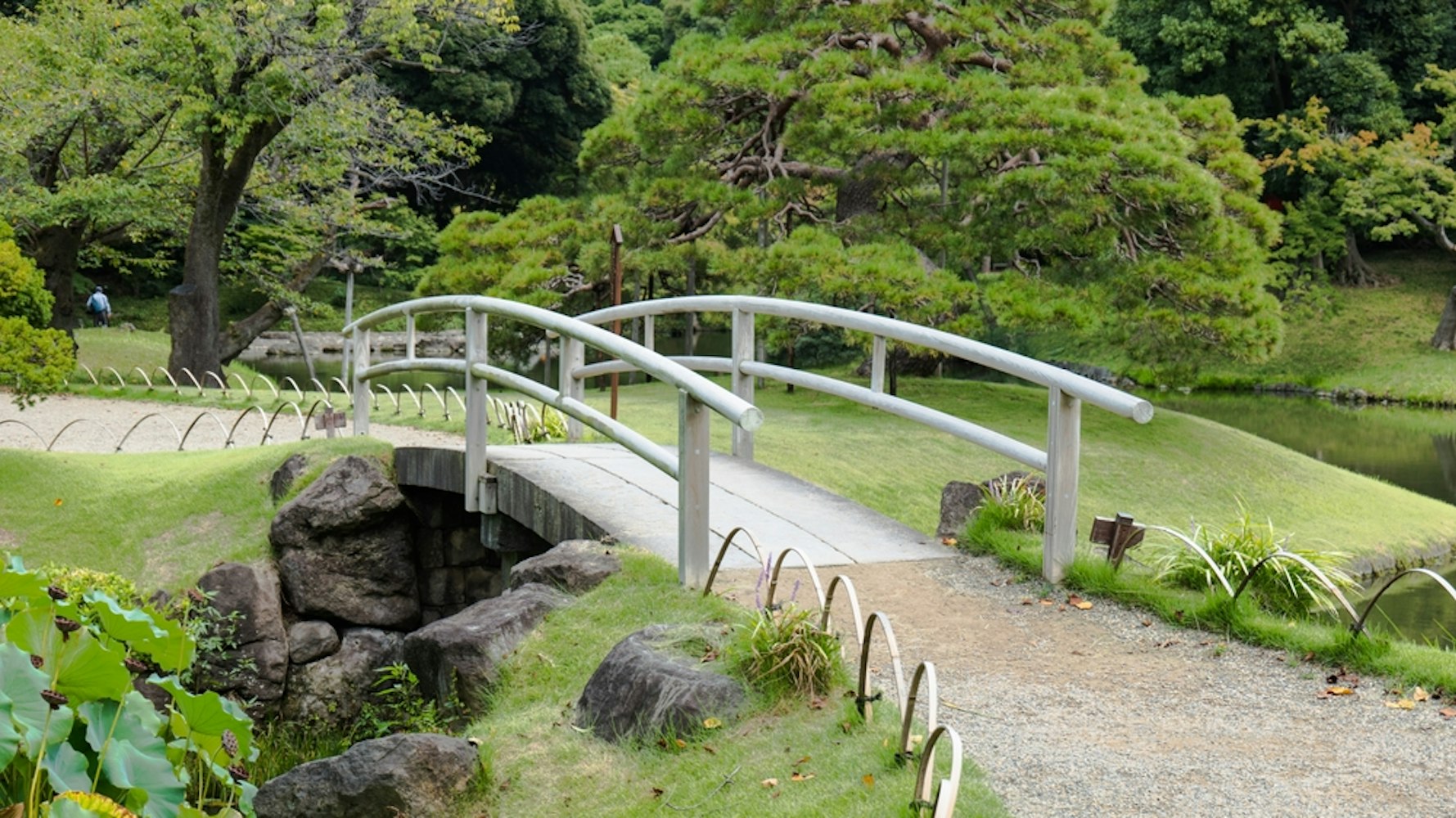
Okayama, a charming city located in the Chugoku region of Japan, is a haven of tranquility with its historical sites and stunning gardens.
One of Okayama's most iconic attractions is Korakuen Garden, ranked among the three best landscape gardens in Japan. This sprawling garden, built in the 17th century, features beautiful landscapes with a large pond, tea houses, and meticulously maintained hills and fields. Each season brings a different charm to the garden, making it a year-round attraction.
Just across from Korakuen Garden stands the imposing Okayama Castle, also known as "Crow Castle" due to its black exterior. The castle was destroyed during World War II but has been meticulously reconstructed. Inside, visitors can learn about the castle's history and enjoy panoramic views of the city.
A short distance away is Kurashiki, a historic canal area known for its beautifully preserved white-walled storehouses converted into museums, boutiques, and cafes. The town's Bikan Historical Area offers a glimpse into the past, with its traditional wooden buildings and stone-paved streets.
Okayama is approximately 160 kilometers from Osaka. The quickest route is by taking the Shinkansen from Shin-Osaka Station to Okayama Station, which takes about an hour.
Wakayama (70km from Osaka)

Wakayama, the capital of Wakayama Prefecture, is a coastal city renowned for its fresh seafood, stunning beaches, and historical sites.
The Kuroshio Market is a must-visit for seafood lovers. Here, you can witness tuna cutting demonstrations and savor freshly sliced tuna straight from the fish. The market also offers a variety of other fresh seafood caught off the Wakayama coast.
Nestled atop a hill in the city center is Wakayama Castle. The castle park is a favorite spot for cherry blossom viewing in the spring, and the castle tower offers panoramic views of the city. Nearby, you can enjoy relaxing beach activities along the beautiful coastline.
Wakayama is around 70 kilometers from Osaka. The easiest way to reach Wakayama is by taking the JR Hanwa Line from Tennoji Station in Osaka to Wakayama Station, which takes about an hour.
Uji (50km from Osaka)
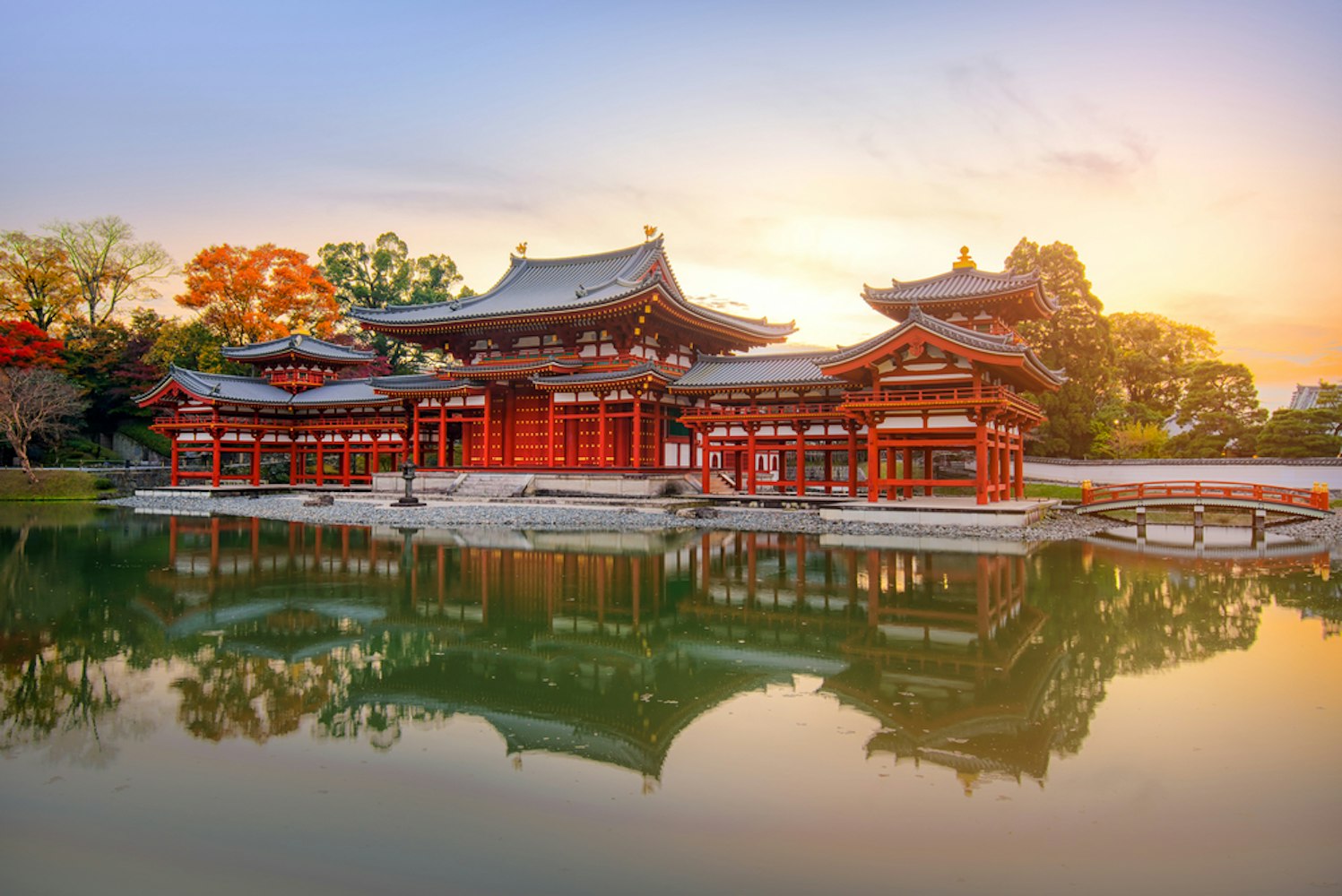
Uji, a city located on the southern outskirts of Kyoto Prefecture, is synonymous with green tea. This small city, nestled along the Uji River, is renowned for producing some of the highest-quality green tea in Japan.
For over 800 years, the city has been nurturing its tea culture, with its history stretching back to when Buddhist monks first introduced tea seeds from China. Uji's rich soil, clean water, and favorable climate create ideal conditions for growing tea leaves. The tea produced here, known as Uji tea, is characterized by its refreshing aroma and deep flavor.
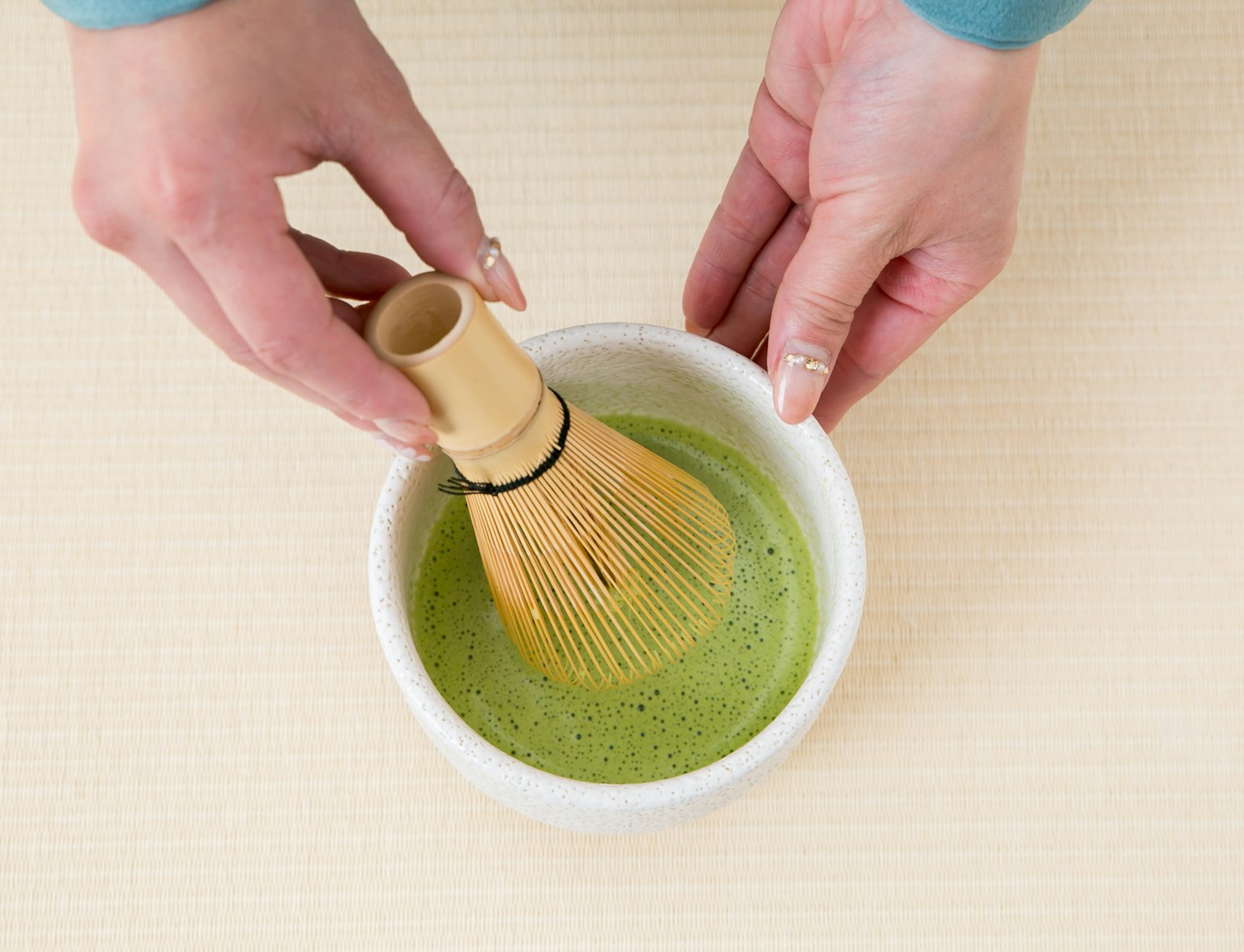
Visit Byodo-in Temple with this tour.
Visitors to Uji can immerse themselves in its tea culture in various ways. You can participate in a traditional tea ceremony, a ritual deeply rooted in Japanese culture representing peace, harmony, and happiness. Or you can simply enjoy a cup of Uji tea at one of the many teahouses scattered around the city.
In addition to its tea culture, Uji is home to several historical sites, including the Byodo-in Temple, a UNESCO World Heritage site. Its Phoenix Hall, depicted on the Japanese 10 yen coin, is an architectural masterpiece from the Heian Period.
Traveling from Osaka to Uji is fairly straightforward. It's approximately 50 kilometers away, and the best route is by train. You can take the JR Kyoto Line from Osaka Station to Kyoto Station and then transfer to the JR Nara Line to Uji Station.
Tottori (200km from Osaka)
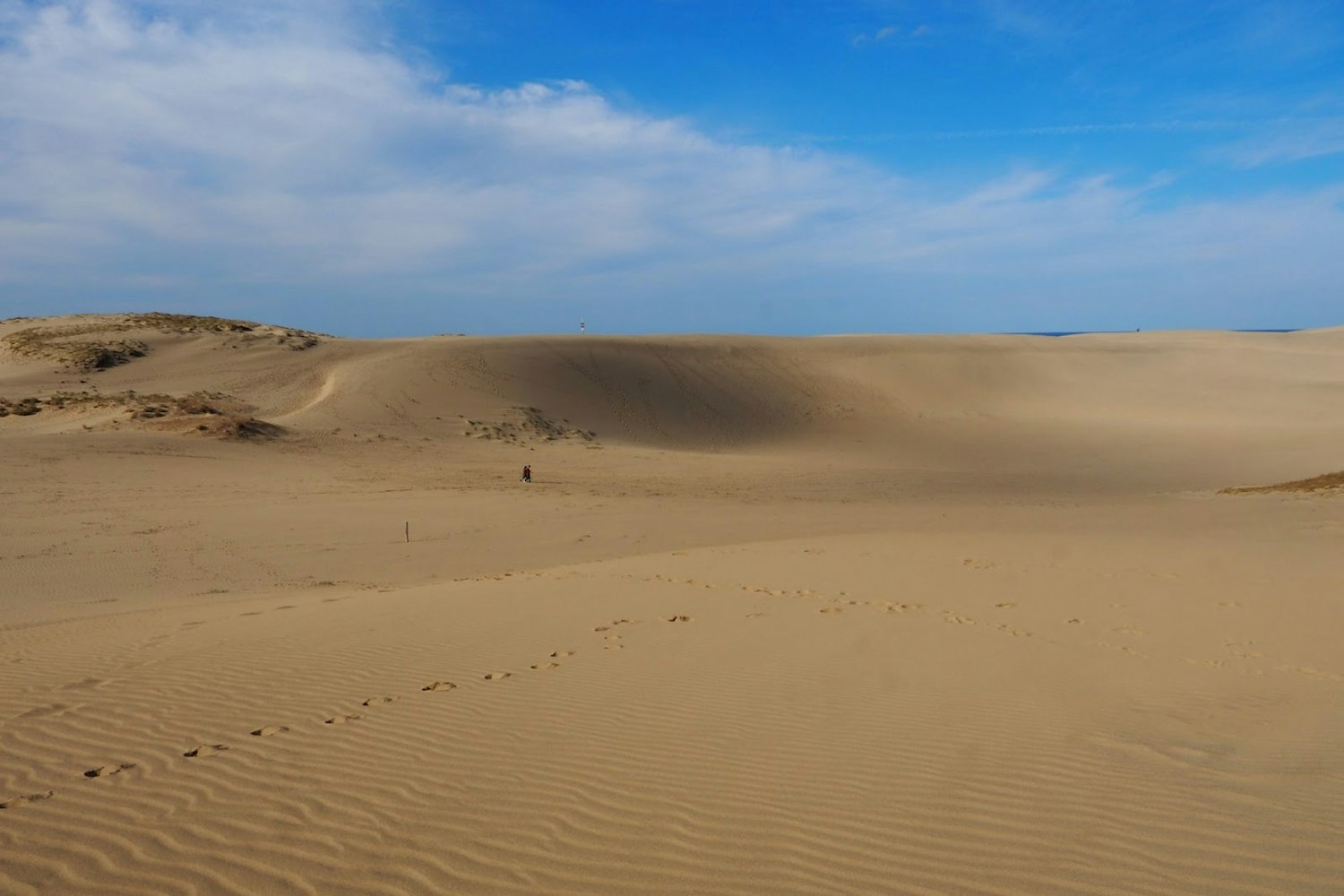
Tottori, located in the Chugoku region, offers a unique landscape that sets it apart from the rest of Japan. The city is famous for the Tottori Sand Dunes, the largest sand dunes in Japan.
These expansive dunes stretch along the Sea of Japan for about 16 kilometers and reach heights of up to 50 meters. They were formed over a period of 100,000 years by sand from the nearby Sendaigawa River.
Visitors can explore these unique landscapes by foot, by camel, or even by paragliding. The constantly changing patterns in the sand, sculpted by the wind, create an ever-changing canvas of natural art.
Nearby, the Tottori Sand Museum showcases intricate sand sculptures by artists from around the world. The exhibits change annually, offering an impressive display of creativity and craftsmanship.
Tottori is approximately 200 kilometers from Osaka. The most convenient way to travel is by direct express train from Osaka Station, which takes about 2.5 hours.
Discover the Magic of Japan Beyond Osaka
Venture beyond the city limits of Osaka and you'll find a world steeped in history, blessed with stunning natural beauty, and brimming with culinary delights. From the architectural wonders of Himeji to the gastronomic delights of Kobe and the serene landscapes of Nara, these day trips will transport you to corners of Japan that are rich in charm and culture.
So, leave behind the urban pulse of Osaka and embark on an unforgettable journey through the captivating tapestry of Japan's diverse regions.
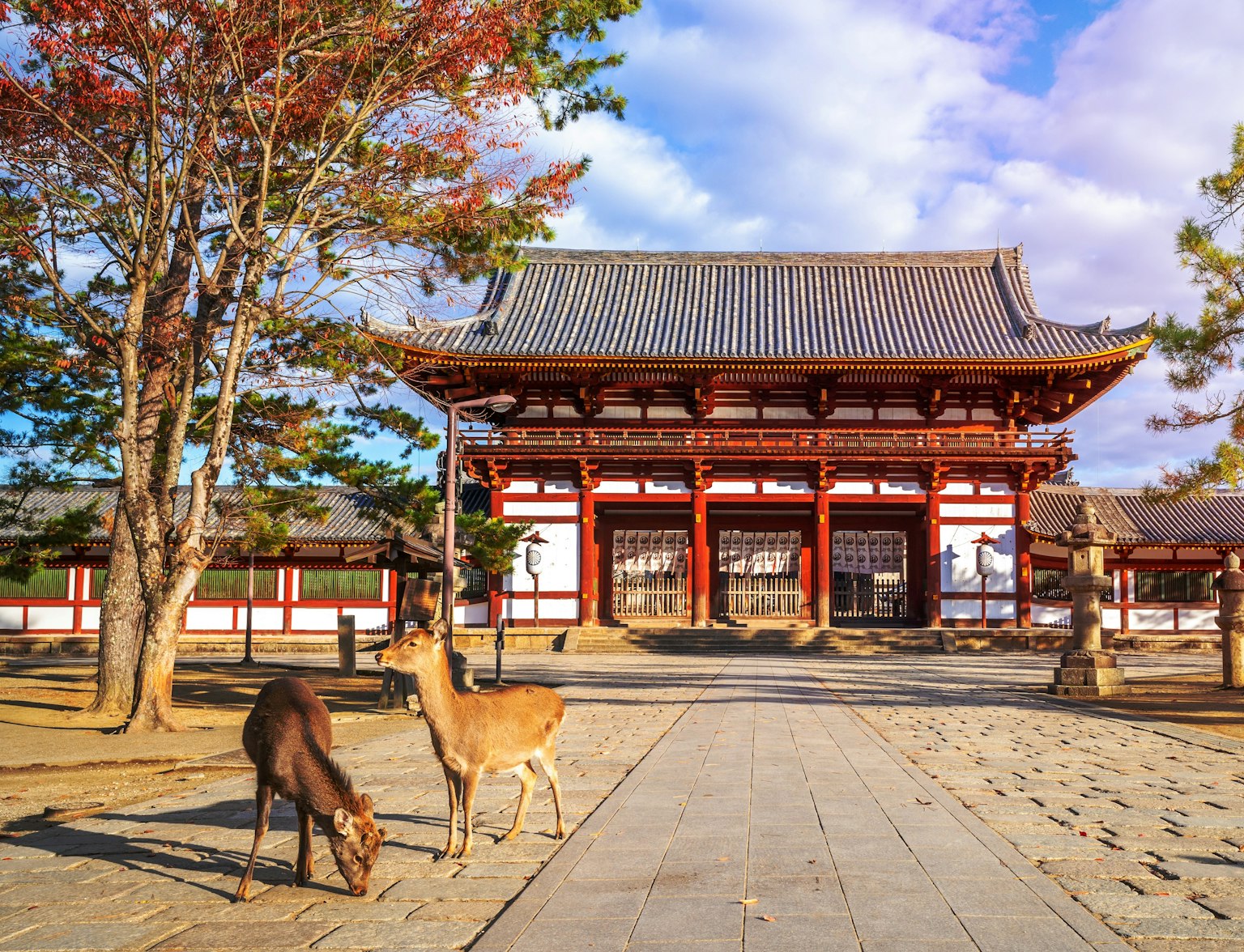
Take this once in a lifetime opportunity to explore the ancient temples of Nara.
Frequently Asked Questions
What Day Trips to Do from Osaka?
Osaka's location makes it ideal for visiting Kyoto and Nara. Kyoto, with its array of historic temples and the Arashiyama Bamboo Grove, offers a glimpse into Japan's ancient culture. Nara is known for its friendly deer in Nara Park and the significant Todai-ji Temple. Both cities are rich in historical and cultural sights and easily accessible from Osaka.
How Many Days in Osaka is Enough?
A stay of 2-3 days is generally sufficient to explore Osaka's key attractions like Dotonbori and Osaka Castle. If planning day trips to surrounding areas, extending your stay to about a week is recommended for a more relaxed and comprehensive experience.
Where to Go Next After Osaka?
After Osaka, Tokyo offers a mix of modern and traditional attractions. For a deeper cultural experience, a longer stay in Kyoto is advisable. Hiroshima, with its historical significance, and Fukuoka, known for its unique food and hot springs, are also great options.
Should I Stay in Osaka and Do Day Trips to Kyoto?
Staying in Osaka and taking day trips to Kyoto is efficient for those enjoying urban settings and nightlife. Osaka's accommodation variety and convenient transportation to Kyoto make it a practical base. However, if you are deeply interested in Kyoto's heritage, a few nights' stay in Kyoto itself can provide a more thorough exploration.
